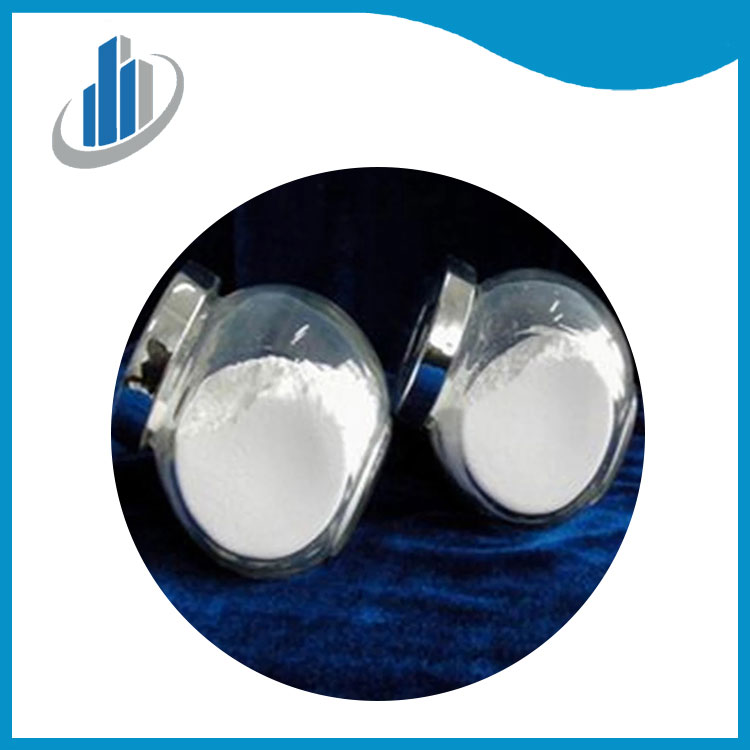Since the 19th century, with the increasing use of processed foods, food additives have been used more widely. Many countries regulate its use. For example, from the 1870s to the 1920s, boric acid was widely used as a food preservative,[6][7] but it was banned due to its toxicity after the First World War. This was used in animal and human studies. Proved in. During World War II, the urgent need for cheap, usable food preservatives led to the re-use of boric acid preservatives, but it was eventually banned in the 1950s. [6] Such cases have led to widespread distrust of food additives, and the application of the precautionary principle has led to the conclusion that only additives that are known to be safe should be used in food. In the United States, this led to the passage of the "Draenei Clause," an amendment to the Federal Food, Drug, and Cosmetic Act of 1938, which stipulated that no carcinogen can be used as a food additive. However, after the United States and the United Kingdom banned sodium cyclamate in 1969, the only remaining legal artificial sweetener, saccharin, was found to cause cancer in mice. Although saccharin violated the "Draenei Clause", widespread public protests in the United States led to the retention of saccharin. Part of the protest was communicated to Congress through postage postcards packaged in sweet soft drinks. [9] However, in 2000, due to its unique urine chemical properties, saccharin was found to be carcinogenic to rats.
